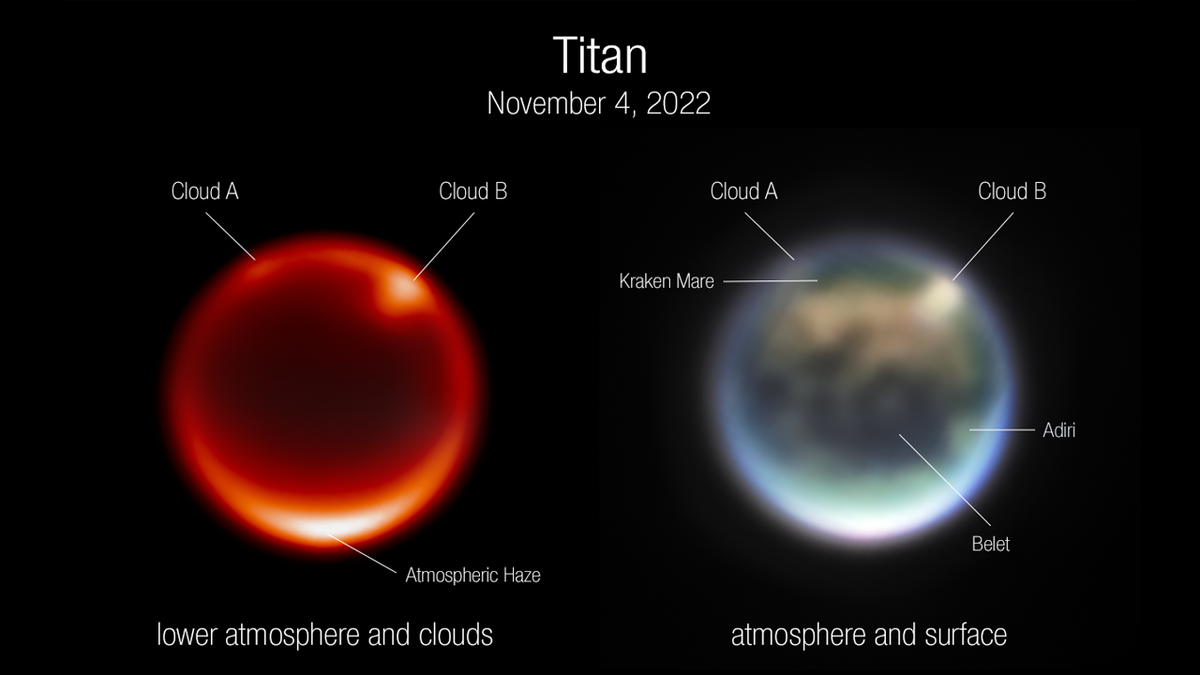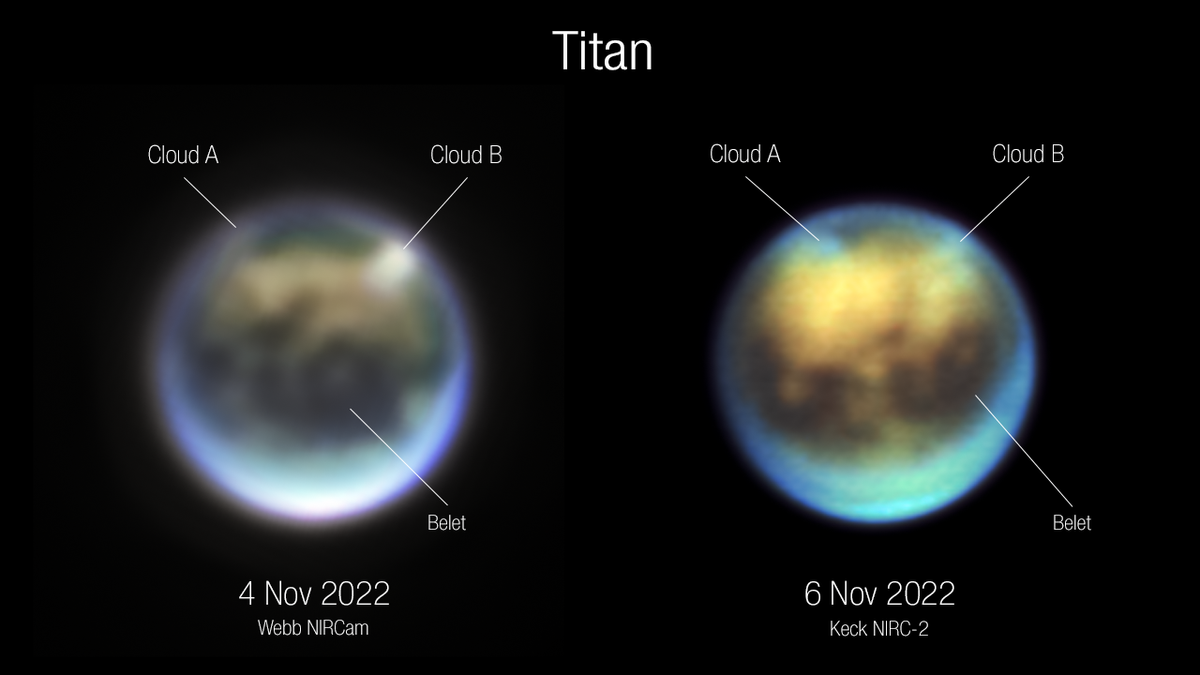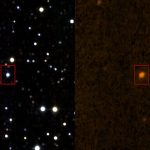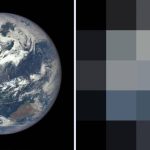Key Takeaways:
- James Webb Space Telescope (JWST) observed Titan, Saturn’s largest moon, and saw clouds in its atmosphere.
- This is exciting because scientists can use JWST to study the composition and movement of these clouds.
- Keck Observatory also observed Titan and saw clouds in similar locations, but it’s not certain if they are the same clouds.
- JWST’s data is still being analyzed, and scientists hope to learn more about Titan’s atmosphere, including its composition.
- This is a crucial time to study Titan before the Dragonfly mission arrives to explore the moon’s surface.
Titan, the largest moon of Saturn, has had a cloudy season.
Titan is a strange world; it resembles Earth a bit if the atmosphere were thick and hazy, with methane clouds scattered throughout, the rivers and seas full of liquid methane and other hydrocarbons, and the land formed of water ice. And now, two of those clouds have been seen by the James Webb Space Telescope (Webb, or JWST) during observations that have excited scientists, a NASA statement said.
Heidi Hammel, a planetary scientist at the Association of Universities for Research in Astronomy and a project lead for JWST’s solar system work, wrote in an email shared in the statement, “Fantastic! Love seeing the cloud and the obvious albedo markings,” in reference to glimpses of bright and dark areas of Titan’s surface.

Astronomer Conor Nixon of NASA’s Goddard Space Flight Center in Maryland arranged for JWST to study Titan for a total of 15 hours during its first year of operation. Nixon’s team was especially interested in studying Titan’s atmosphere, hoping to map the haze’s distribution and find new gases, among other things.
And when JWST sent them the data, the scientists were thrilled. Sebastien Rodriguez, an astronomer at the Université Paris Cité and research collaborator, stated in an email included in the statement, “At first glance, it is simply extraordinary. I think we’re seeing a cloud!”
The researchers found not one, not two, but three clouds as they combed through the data, one of which was curiously over Kraken Mare, the largest sea on Titan. The scientists were soon inspired to find a way to check back in on those clouds to understand how they changed over time. The group contacted Hawaii’s Keck Observatory, which was able to obtain Titan observations just two days after JWST.

According to Imke de Pater, an astronomer at the University of California, Berkeley who oversees Keck’s observations of Titan, “we were concerned that the clouds would be gone when we looked at Titan two days later.” “But to our delight there were clouds at the same positions, looking like they had changed in shape.”
However, that alignment doesn’t necessarily mean Keck saw the same clouds as JWST. Since Titan’s northern hemisphere is experiencing late summer and receiving more solar radiation, scientists anticipated high cloud activity; thus, it’s possible that Keck’s clouds were recently formed.
Furthermore, the scientists are still analyzing the observations. They identified the clouds in images taken by JWST’s Near-Infrared Camera (NIRCam), a powerful camera that can image a target in several different wavelengths of light, which in the case of Titan allows scientists to separate out the lower atmosphere.

However, NIRCam’s data hasn’t even been fully evaluated by the researchers, and another instrument was in use as well. Spectra were collected by the observatory’s Near-Infrared Spectrograph (NIRSpec). This technique splits light reflected off, for example, Titan’s atmosphere and measures how much of each wavelength of light is present. Scientists can use the spectra to map out the compounds found in the lower atmosphere, which includes an unusual bright spot located over the moon’s south pole.
While spacecraft visitors are not visiting Titan, now is a particularly important time to observe the icy moon. Before the spacecraft’s destruction in 2017, NASA’s Cassini mission reached Saturn in 2004 and passed by the moon more than a hundred times. Additionally, NASA is developing a brand-new project named Dragonfly that will be devoted to Titan and involve a drone flying over the hazy skies to collect data on the moon from about two dozen vantage points.


